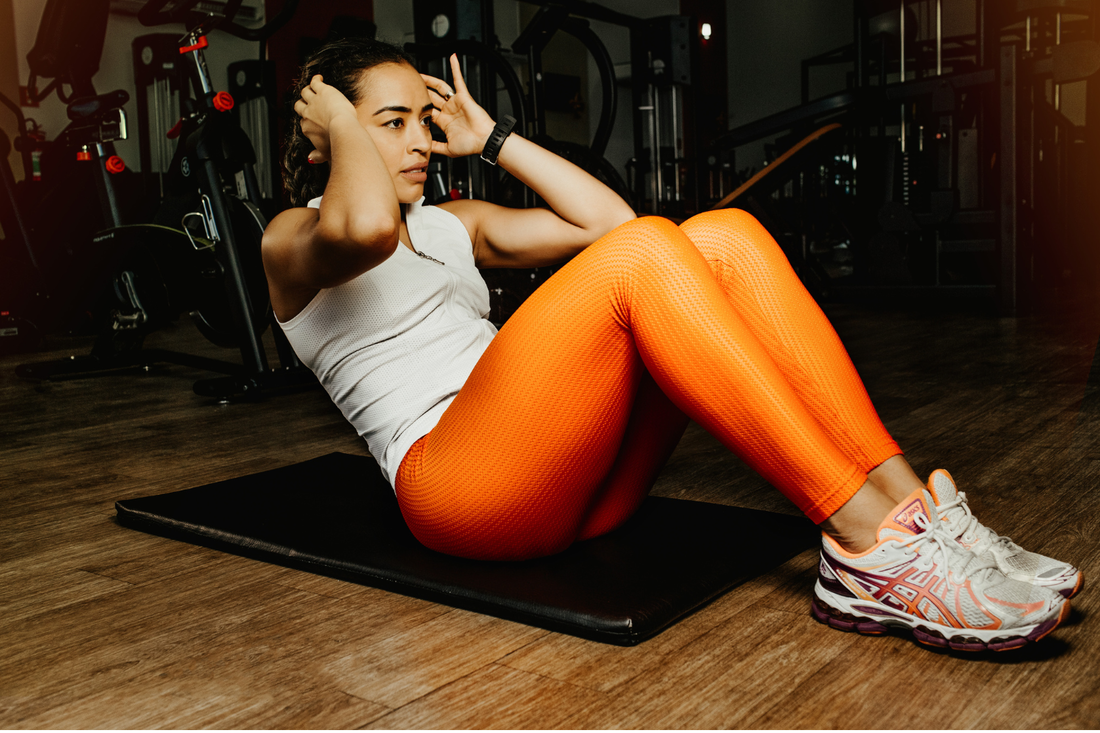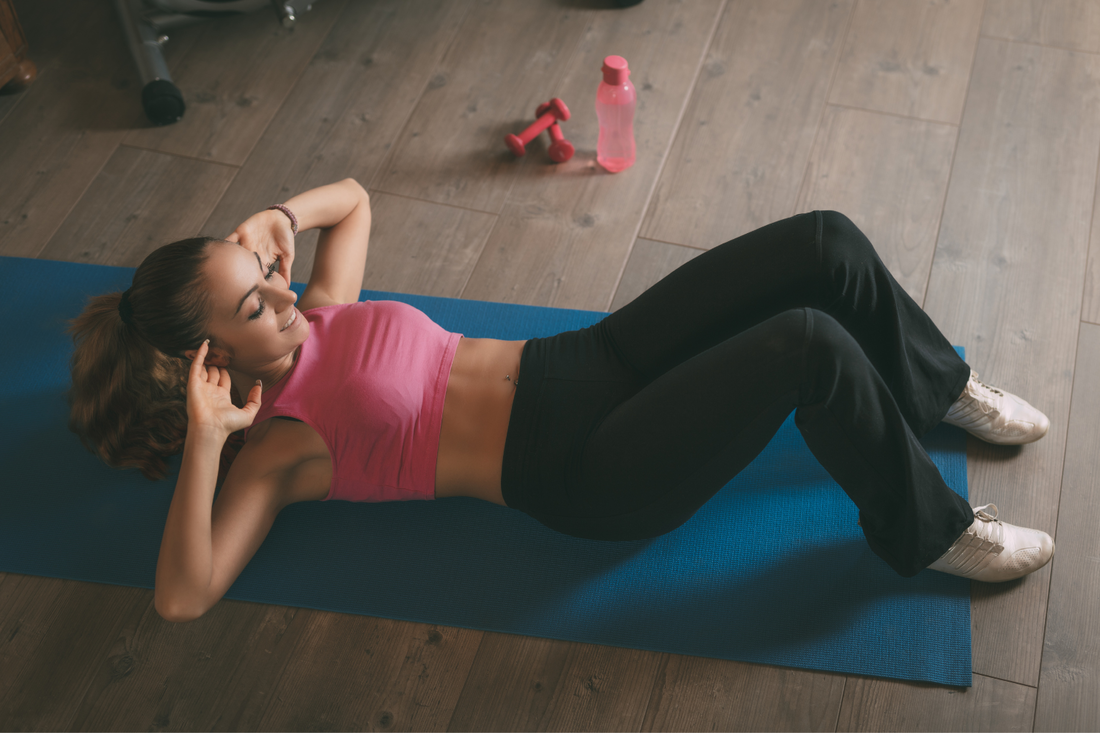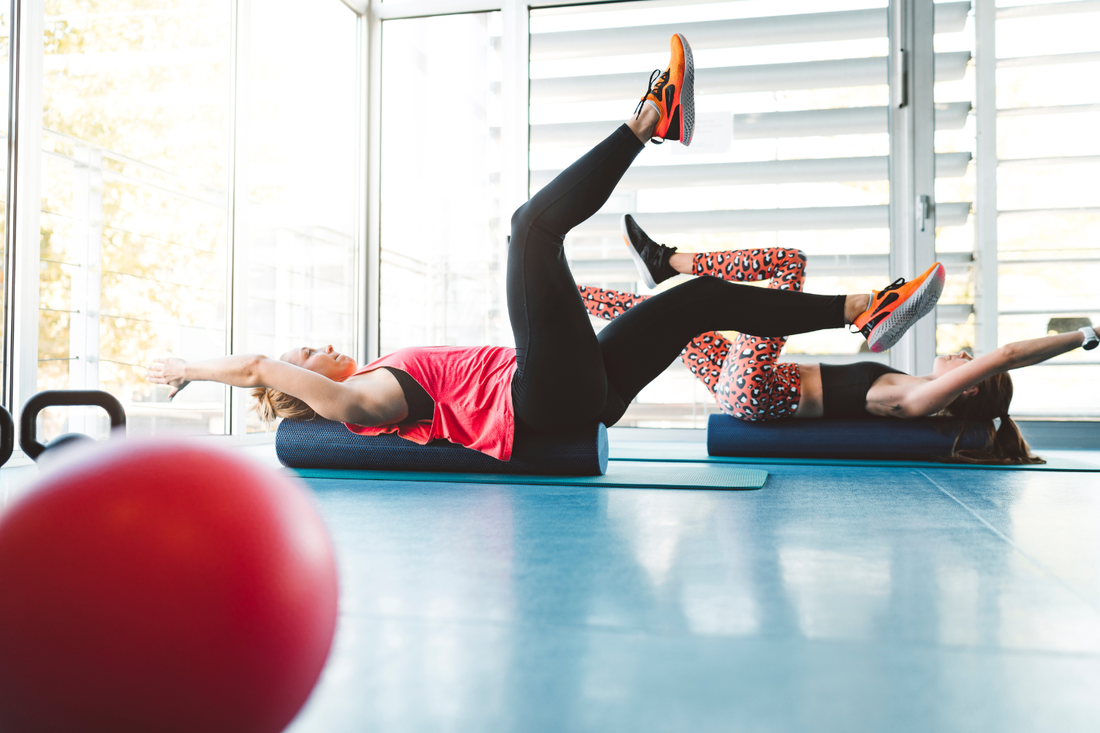Are Sit Ups Bad For You? The Truth About This Core Sit ups, the classic core workout beloved by millions – but are they worth it? We can all agree that sit-ups are popular amongst those looking to strengthen their cores. But is this traditional exercise potentially causing harm while helping your muscles get stronger? In this blog post we'll explore both sides of the debate around sit ups and provide alternatives for an informed decision! Are Sit Ups Bad?While sit ups might be seen as an efficient way to strengthen and tone your abs, the reality is that sit ups can actually cause more harm than good. Doing sit ups incorrectly puts unnecessary strain on the back muscles, which can lead to aches and pains that could have been easily avoided. If you have a lumbar spine injury, such as a disc injury, sit ups can exacerbate those symptoms. Disc pressure is increased when you move into flexion at the lower spine. Furthermore, sit ups mainly focus on strengthening the rectus abdominus (the front six-pack muscle), without accounting for other core muscles located deep in our bodies' centers. While sit ups do target this famous muscle group, failing to exercise your entire core will leave you with a weaker body overall. Instead of relying solely on sit ups for abdominal strength, create a fitness plan that focuses on strengthening your entire core - sit ups are just one combination of exercises you should include! Core Strength Alternatives Want to get power and stability in your core? Planks and pallof exercises are the right kind of moves for you! These will target all muscles, not just those on front side; strengthen a range of abs & back regions plus focus down onto lower back & obliques. Make sure proper form is executed with correct breathing techniques - don't forget cardio-based activities like biking or running too as these will help build that strong body foundation everyone desires! Pallof PressTo do a pallof press correctly, physical therapists recommend standing with feet hip-distance apart and gripping the resistance band firmly in both hands. Hold your arms extended and parallel to the floor, making sure the band is at chest level. Engage your deep core before turning laterally away from the anchor point while securely holding onto both ends of the band. You should feel resistance throughout your trunk when you turn to create tension on the band. Keep your hips facing forward so you don’t compromise form. Once you are in position, attempt to press outward against the resistant band by engaging through your abdominals as you slowly walk both arms away from each other. Don't round or arch your back too much. Try to maintain a neutral position. Feel free to step around yourself as necessary while maintaining tension on the resistance band until you complete 8-12 reps with each side. This exercise will help strengthen and stabilize your core muscles over time! PlanksPlanking is a great way to strengthen your core muscle group and perfect your posture! To perform this exercise, draw in the navel area, keeping arms straight and forearms aligned with shoulders. Activate thigh muscles by engaging them for maximum effect - allowing for neutral spine alignment. Aim to hold yourself in this position for 30-45 seconds or longer as you progress – being sure not go too low or arch at any point during each rep! With proper form you can enjoy all of planking's powerful benefits.. Happy Plankin' ! Dead Bug
Hip Flexor Strengthening To Support Your CoreStrengthening your hip flexors is important for overall bodily health. Hip flexors are made up of a set of muscles that contract when you bring your legs in toward your chest and stabilize the hip joint during movement. Strengthening these muscles through exercises such as leg raises or using resistance bands can help with balance, agility, posture, and core stability. Additionally, this strengthening can help decrease pain in the lower back when done consistently and properly. With stronger hip flexors, you can provide lasting support to your entire body and guard against injury throughout your life. Hip flexor strengthening can be a great alternative to the sit up because it will work similar muscles and train your body to be able to maintain neutral spine position during movement. If you’re looking for a way to improve your core strength, sit-ups may not be the best option. There are many other exercises that can help you achieve this goal, such as pallof press, hip flexor strengthening, planks, and dead bugs. To learn more about these exercises and how they can benefit you, call MiraSol Physical Therapy today to schedule your evaluation. We can help you create a personalized exercise program that will help you build a strong and healthy core. Guest post written by HIDEF Physical Therapy
1 Comment
11/29/2023 02:48:25 pm
Understanding the role of geriatric doctors to help the health of the elderly
Reply
Leave a Reply. |
AuthorMiraSol Physical Therapy ArchivesCategories |
Proudly powered by Weebly




 RSS Feed
RSS Feed